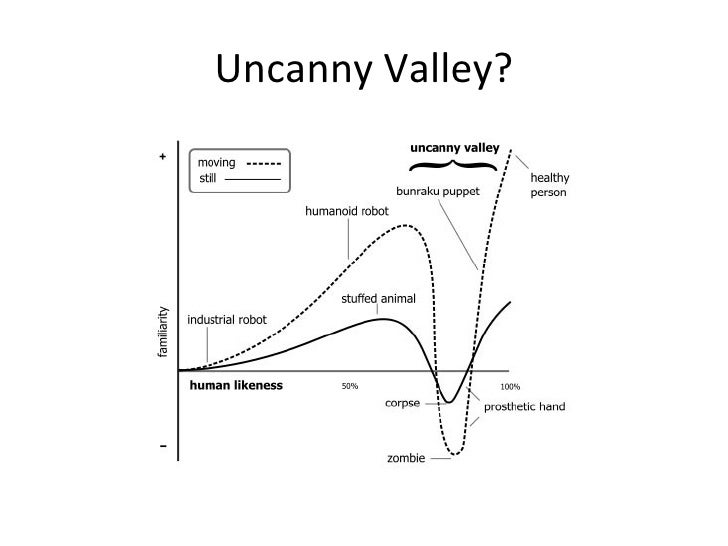

It includes the subjective experience of action, control, intention, and motor selection, as well as the conscious experience of will. First, the sense of agency is the subjective feeling that “I am the one who is causing or generating an action”. Previous theories have suggested that the SoE can generally be divided into the sense of agency, ownership, and self-location. However, for these purposes, we may need to control the SoE, which has not yet been rigorously examined. In addition to these applications, systematic desensitized experiences with a virtual avatar could be extended to pain distraction among burn patients, phobias, and posttraumatic stress disorder. Pioneers have made efforts to apply them in psychological counseling programs, and others have used them to enhance cognitive-behavioral therapy for eating disorders. The effects of the SoE on perceptual and behavioral alterations can be extended to several medical areas. Slater et al showed that participants perceived the ownership illusion from virtual arms, and Jun et al demonstrated that a full-body ownership illusion and changes in an avatar’s facial expression meaningfully affected users’ emotions. A life-sized virtual avatar for a full-body ownership illusion has been developed. Recently, researchers have begun to apply virtual reality (VR) techniques to expand the SoE to the whole body. The rubber hand illusion experiment showed that concurrence of visual and tactile stimulation could generate an embodied experience for a part of one’s body. With the rubber hand illusion paradigm, the authors demonstrated that participants experienced the SoE on the rubber hand, generating an ownership illusion. However, Botvinick and Cohen manipulated the SoE using an experiment. īecause the SoE is an unconscious process, its alteration or manipulation is difficult. In the field of cognitive neuroscience, embodiment is related to how the brain expresses the body. From a philosophical perspective, embodiment is considered to be how a person defines and experiences himself/herself. The term embodiment has been defined differently in various contexts. The SoE is intimately related to the sense of self and is considered as the starting point of having self-identity. When we move our bodies in our everyday lives, we feel the SoE unconsciously.

The sense of embodiment (SoE) is the feeling of one’s own body. In studies 2 and 3, we found dependencies among the three subcomponents of SoE and observed that they affected users’ subjective experiences.Ĭonclusions: Our findings may have implications for boosting the effects of virtual avatar applications in medical areas, by understanding and controlling the SoE with a full-body illusion. Results: The findings of study 1 showed that the three avatar generation methodologies can control the sense of ownership and self-location in a stepwise manner while maintaining a high sense of agency.
#Define virtual body simulator#
Dependent measures included sense of agency, ownership, and self-location emotional response presence and simulator sickness. In study 3, 29 other participants were recruited, and there were two avatar conditions (PLA and OBPLA) and two motion synchrony conditions (synchrony and asynchrony). In study 2, 29 new participants were recruited, and there were two avatar conditions (HA ad PLA) and two motion synchrony conditions (synchrony and asynchrony). In study 1, 28 participants were recruited and the three avatar conditions (HA, PLA, and OBPLA) were compared. Methods: We defined a human avatar (HA), point light avatar (PLA), and out-of-body point light avatar (OBPLA) and compared them in three user studies.

In this study, we aimed to clarify these aspects by considering the following three subcomponents of SoE: sense of agency, ownership, and self-location. Objective: The key to utilizing a virtual avatar is understanding and controlling the SoE, and it can be extended to several medical applications. Asian/Pacific Island Nursing Journal 11 articlesĮmail: The sense of embodiment (SoE) is the feeling of one’s own body, and research on the SoE extends from the rubber hand illusion to the full-body ownership illusion with a virtual avatar.JMIR Bioinformatics and Biotechnology 35 articles.JMIR Biomedical Engineering 69 articles.Journal of Participatory Medicine 80 articles.JMIR Perioperative Medicine 91 articles.JMIR Rehabilitation and Assistive Technologies 206 articles.JMIR Pediatrics and Parenting 287 articles.Interactive Journal of Medical Research 315 articles.JMIR Public Health and Surveillance 1176 articles.Journal of Medical Internet Research 7628 articles.


 0 kommentar(er)
0 kommentar(er)
